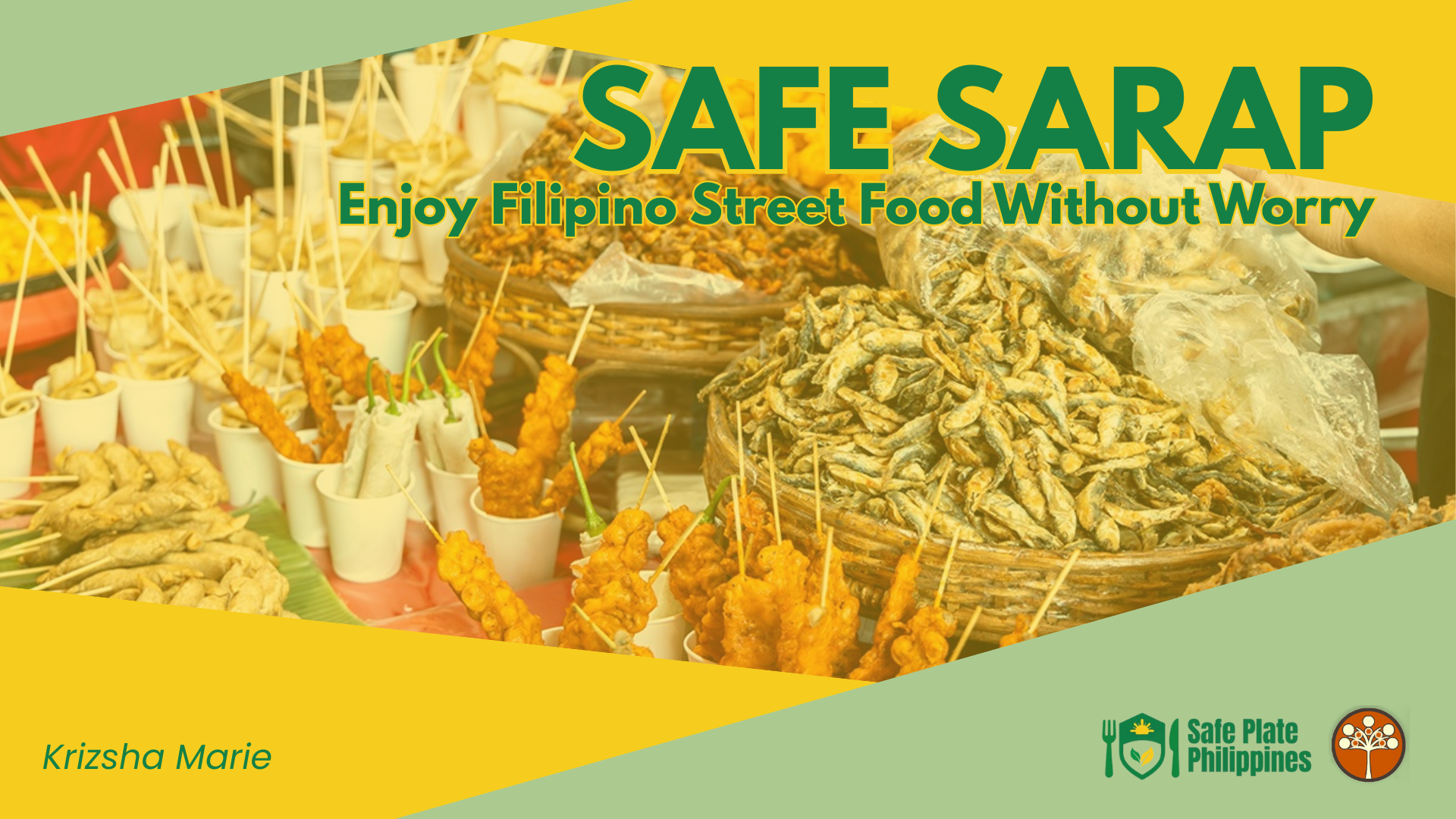Savoring the Streets: A Celebration of Philippine Street Food
“Street food,” just the phrase, invokes images of bustling markets, smoke wafting through the air, and vibrant flavors bursting at the seams. In the Philippines, street food isn’t just a meal; it’s a cultural experience waiting to be savored. As you wander through the lively streets, the plethora of choices beckons you to indulge in local delicacies, each telling a story of tradition, innovation, and community. Yet the true essence of street food goes beyond the flavors. It lies in the shared moments. It is friends laughing as they dip fish balls into sweet or spicy sauce, strangers striking up conversations while waiting for their turn at a barbecue stall, or families enjoying a simple merienda together by the roadside. The experience is both communal and deeply personal, offering not just food but also connection. To explore Philippine street food is to witness the harmony of culture and cuisine. It is an invitation to taste history and tradition, while also embracing the vibrant innovation of today. Whether you’re a local revisiting childhood favorites or a visitor discovering them for the first time, the street food scene in the Philippines is a feast for the senses—one that lingers long after the last bite. A Culinary Journey Begins From the moment you step out onto the vibrant streets of Manila, Cebu, or Davao, you’re greeted by the tantalizing aroma of grilled meat, sizzling pans, and sweet desserts that seem to call out to every passerby. The lively atmosphere of vendors calling, skewers grilling, and sauces bubbling is a feast for the senses even before you take a bite. Popular treats like isaw (grilled chicken intestines), balut (fertilized duck egg), and kwek-kwek (quail eggs coated in bright orange batter) showcase not only the boldness of Filipino flavors but also the ingenuity and resourcefulness of the street food vendors who transform simple, everyday ingredients into unforgettable culinary delights. But what’s truly magical about these street foods goes beyond the taste, it’s the connections they foster. Eating street food in the Philippines is never just about filling an empty stomach; it’s about becoming part of a living tradition. You’re not just eating, you’re participating in a shared experience with locals who have grown up with these familiar flavors. Whether it’s grabbing a quick snack after a long day at school or work, or sharing a late-night bite with friends after an evening out, those small moments gathered around a street cart are filled with laughter, conversations, and the unspoken joy of community. Street food reflects the Filipino spirit: resilient, creative, and always rooted in togetherness. It’s an invitation to slow down, savor the moment, and embrace the warmth of everyday life. In every bite, there is a taste of history, culture, and identity—making Philippine street food not just a meal, but a story that continues to be written with each passing generation. Flavor Profiles That Unite The flavor profiles of Filipino street food are rich, bold, and deeply rooted in various regional influences. The tangy taste of adobo and the sweet hint of halo-halo (a refreshing dessert with mixed fruits and shaved ice) reflect the country’s diverse culinary heritage. Each region has its own specialties, making the street food culture an ever-evolving celebration of local ingredients and preparation styles. Vendors often put their own spin on classic recipes, adding a twist that can only be found on the streets. The experience of discovering these unique variations encourages adventure and openness in our culinary journeys. Food Safety: A Shared Responsibility While the allure of street food is undeniable, it’s essential to acknowledge food safety as a fundamental aspect of enjoying these flavors. Street food vendors often work tirelessly, preparing delicious meals in fast-paced environments. It’s crucial for both vendors and consumers to prioritize clean practices to ensure that everyone can safely enjoy these culinary delights. Cleanliness should be evident to patrons: observe the preparation area, the vendor’s hygiene practices, and whether food is cooked fresh and served hot. This awareness fosters a culture where safety standards are upheld. Supporting vendors who are committed to maintaining these practices not only enhances the street food experience but also lifts the community in which they operate. A Call to Explore Next time you find yourself meandering through the vibrant streets of the Philippines, dare to dive into the world of street food. It’s more than just a meal—it’s an invitation to understand the culture, embrace new experiences, and support local businesses. Share your love for street food responsibly. Engage with vendors, ask questions, and learn about their craft. With each bite, you’re not just tasting an incredible dish; you’re part of a larger narrative woven through every corner of the archipelago. So grab your friends, your family, or even explore solo, and allow the colorful variety of Philippine street food to guide you through a feast for your senses. The streets are alive with flavors waiting to be discovered—go ahead and indulge! Let’s continue to celebrate the heart of Filipino culture, one delicious bite at a time.







